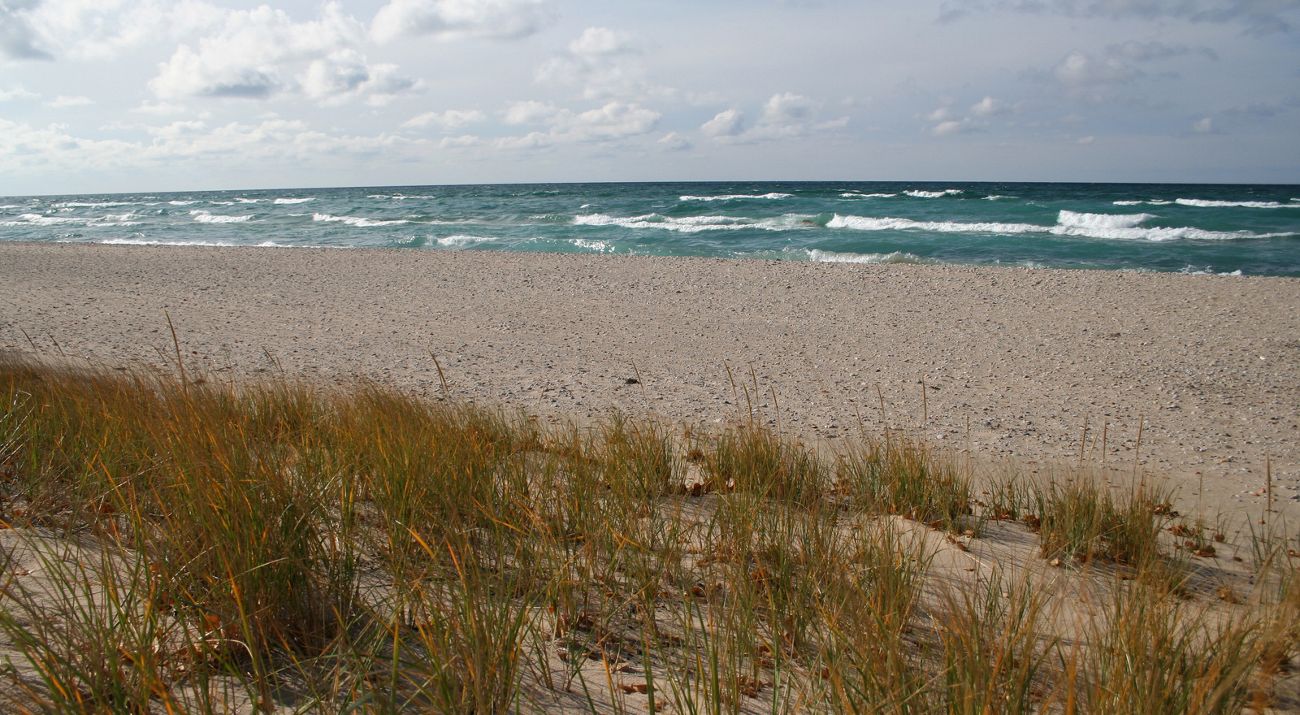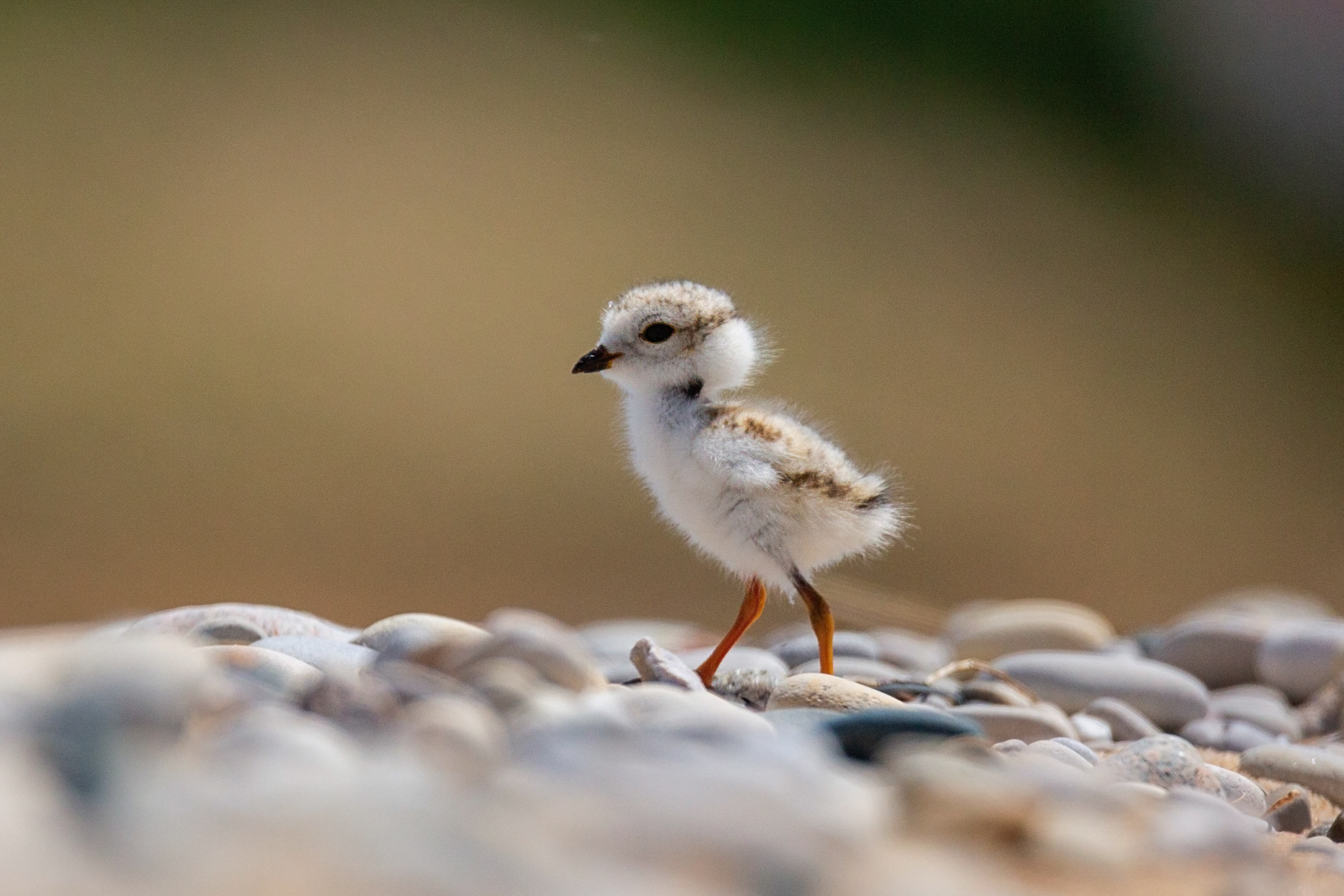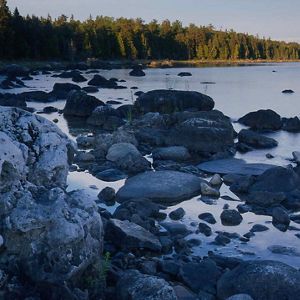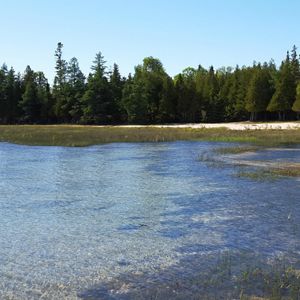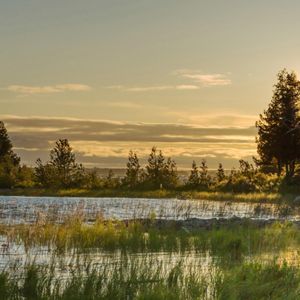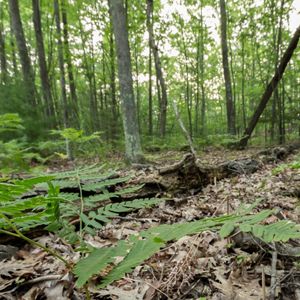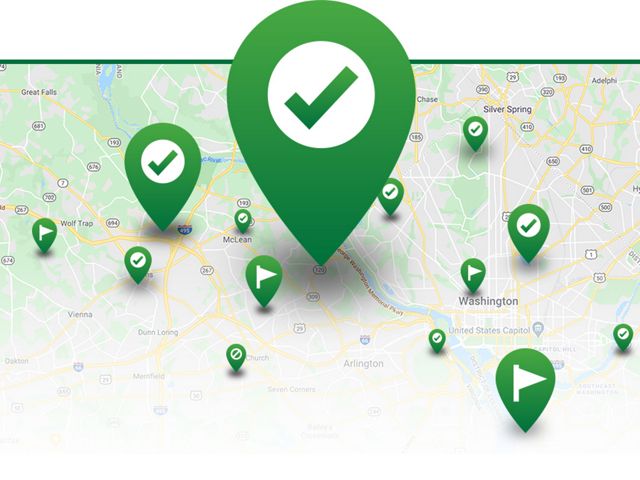Description
The dunes at Point Betsie are part of the largest freshwater dune system in the world, which covers 275,000 acres of Lake Michigan shoreline. They provide critical habitat for rare species, including Pitcher’s thistle. They have also been identified as a potential nesting site for piping plovers as the population of this endangered species recovers. For over a decade, TNC worked with the Michigan Dune Alliance to conserve this rare coastal ecosystem.
Point Betsie became a preserve through the generosity of Steve and Connie Zetterberg. In 1988 the Zetterbergs donated the original 71 acres of sand dunes, which became the Zetterberg Preserve at Point Betsie—a property that had been in their family for generations. After having been preserved by the Zetterberg family, Point Betsie is now maintained by The Nature Conservancy and cherished by generations of Michiganders.
